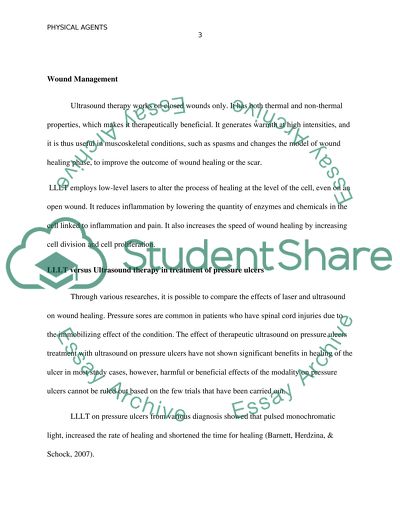Cite this document
(“Physical Agents Essay Example | Topics and Well Written Essays - 1000 words - 1”, n.d.)
Retrieved from https://studentshare.org/miscellaneous/1607153-physical-agents
Retrieved from https://studentshare.org/miscellaneous/1607153-physical-agents
(Physical Agents Essay Example | Topics and Well Written Essays - 1000 Words - 1)
https://studentshare.org/miscellaneous/1607153-physical-agents.
https://studentshare.org/miscellaneous/1607153-physical-agents.
“Physical Agents Essay Example | Topics and Well Written Essays - 1000 Words - 1”, n.d. https://studentshare.org/miscellaneous/1607153-physical-agents.


